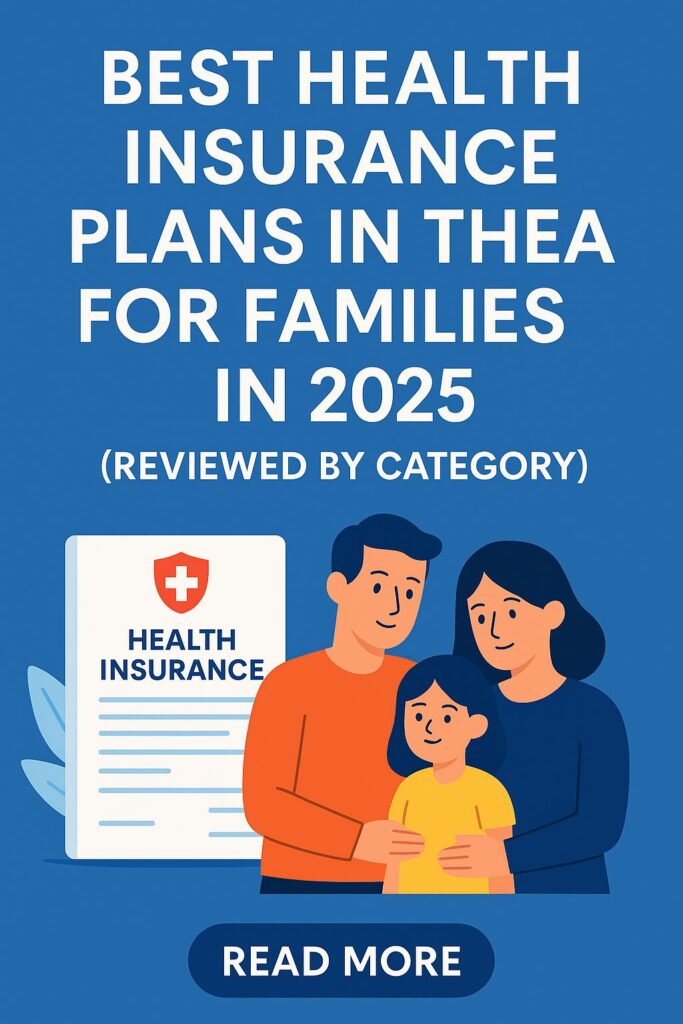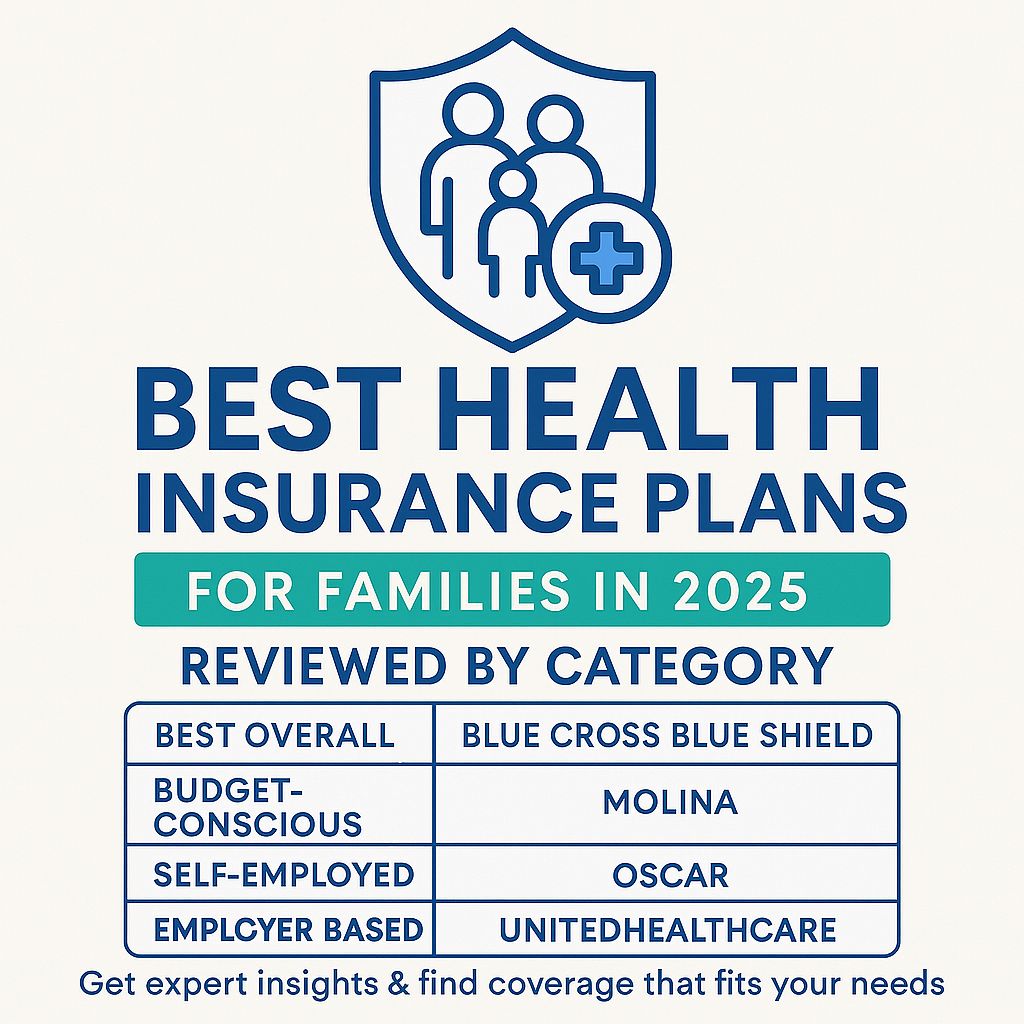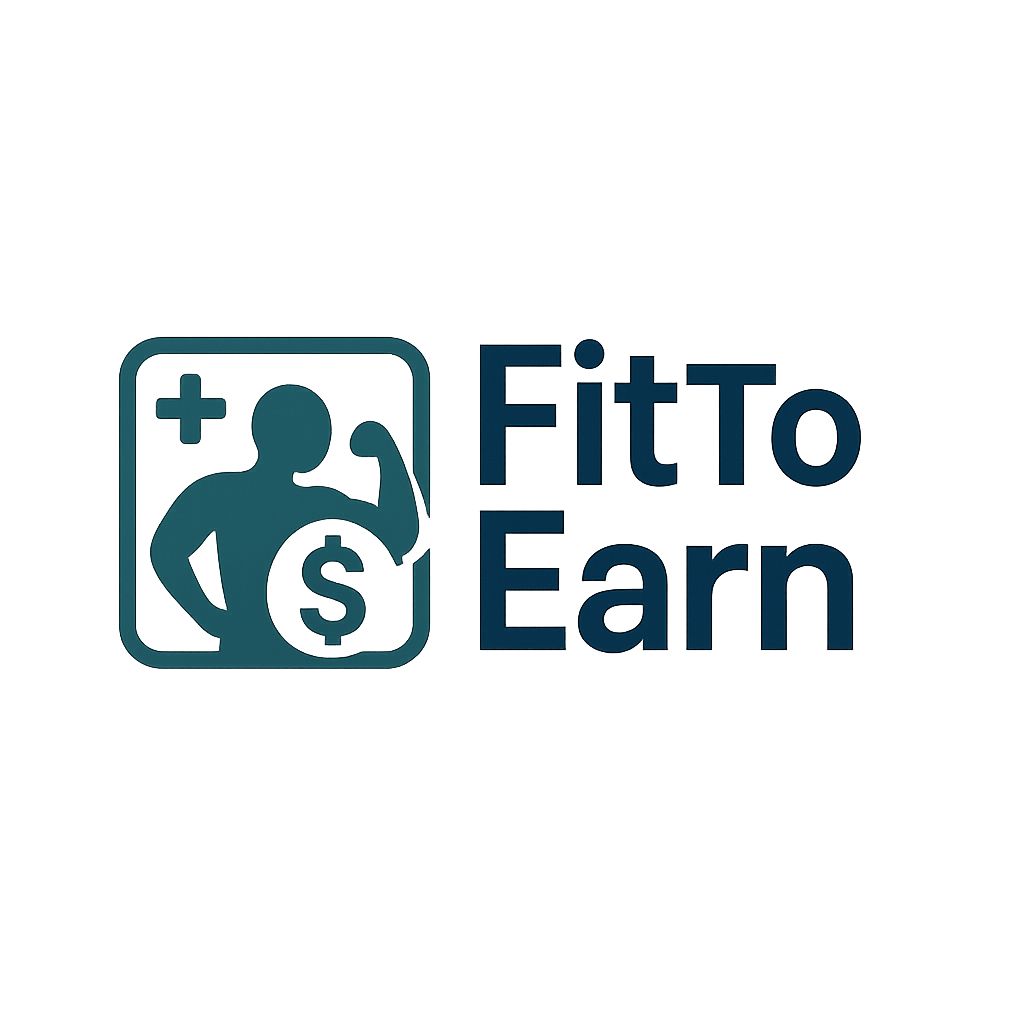Meta Title: Best Health Insurance Plans in the USA for Families [2025 Review & Guide]
Meta Description: Discover the best health insurance in USA for families in 2025. Compare top plans by category, get expert insights, and choose coverage that truly fits your needs.
Introduction: Navigating Health Insurance in 2025 Doesn’t Have to Be Overwhelming
Let’s face it—health insurance in the USA has long been a source of stress, confusion, and spiraling costs for families. In 2025, with healthcare premiums rising and provider networks constantly changing, picking the right plan can feel like gambling with your family’s health and finances.
But what if it didn’t have to be that way?
In this guide, we’ll simplify your decision-making with a clear, category-based comparison of the best family health insurance plans in the U.S. for 2025. Whether you’re self-employed, low-income, or looking for premium PPO coverage, this article has you covered.

Why Health Insurance Still Matters in 2025
With inflation affecting nearly every sector—including healthcare—having adequate coverage has never been more critical. A single unexpected medical event can lead to five-figure bills without insurance.
Here’s what makes 2025 a key year for families:
– Telehealth is now mainstream, but not all plans cover it equally.
– Preventive care mandates have shifted post-COVID, requiring closer scrutiny of what’s included.
– State-level subsidies and ACA expansions now differ dramatically by region.
Top Health Insurance Plans for Families in 2025 – By Category
We’ve reviewed data from Healthcare.gov, KFF, insurance providers, and customer satisfaction surveys to help you find the best plan based on your specific situation.
Best Overall: Blue Cross Blue Shield (BCBS)
BCBS offers national coverage with robust networks, ACA-compliant options, and excellent support for families.
Highlights:
– Multiple plan tiers (Bronze to Platinum)
– Great preventive care and pediatric coverage
– Offers PPOs in most states
Potential Drawbacks:
– Premiums can be higher than average for comparable coverage
Learn more: https://www.bcbs.com/
Best for Budget-Conscious Families: Molina Healthcare
Focused on affordability without sacrificing quality. Widely available through ACA marketplaces.
Highlights:
– $0 preventive care and telehealth
– Low copays on generic prescriptions
– Great for families with children under 18
Potential Drawbacks:
– Limited provider network in some areas
Learn more: https://www.molinahealthcare.com/
Best for Self-Employed or Freelancers: Oscar Health
Tech-friendly plans, easy digital management, and solid pricing make it a freelancer favorite.
Highlights:
– App-based plan management
– 24/7 virtual care
– Transparent pricing
Potential Drawbacks:
– Coverage not yet available in all states
Learn more: https://www.hioscar.com/
Best Employer-Based Plan: UnitedHealthcare (UHC)
UHC offers one of the broadest networks in the U.S. and integrates well with employer-sponsored plans.
Highlights:
– Large national network
– Integration with HSAs
– Specialized care coordination programs
Potential Drawbacks:
– Some plans have high deductibles and may require referrals
Learn more: https://www.uhc.com/
Best for Families with Chronic Conditions: Kaiser Permanente
Integrated care model ensures seamless communication between doctors, specialists, and pharmacies.
Highlights:
– Best-in-class chronic disease management
– Onsite pharmacy and labs
– Top-rated customer satisfaction
Potential Drawbacks:
– Only available in select states
Learn more: https://healthy.kaiserpermanente.org/
Comparison Table – Health Insurance Plans for Families (2025)
| Provider | Monthly Premium | Deductible | Network Type | Best For |
| BCBS | $$ | Mid | PPO | Nationwide family coverage |
| Molina Healthcare | $ | Low | HMO | Budget-conscious families |
| Oscar Health | $$ | Low | EPO | Self-employed, tech-savvy |
| UnitedHealthcare | $$$ | Mid–High | PPO | Employer-based plans |
| Kaiser Permanente | $$ | Low | HMO | Chronic care + coordination |
Real Talk: What Most Families Get Wrong About Health Insurance
After reviewing hundreds of plans and speaking to families across income levels, we’ve noticed a common mistake: focusing only on the premium.
Here’s what you should be prioritizing in 2025:
– Total Out-of-Pocket Costs (not just the monthly payment)
– Network Size — especially if you already have doctors you trust
– Emergency Coverage — some cheap plans don’t cover ER visits adequately
– Mental Health & Pediatric Care — especially with growing awareness post-pandemic
Pro Tip: Consider combining a mid-tier plan with an HSA (Health Savings Account). It gives you flexibility, tax advantages, and long-term benefits.
How to Choose the Right Plan in 2025
Follow this decision-making flow:
1. Start with your family size and health history.
2. Estimate annual medical costs (prescriptions, visits, etc.)
3. Choose a plan type that matches your needs:
– PPO = More flexibility
– HMO = Lower cost, but limited network
– EPO = In-between
4. Compare plans on Healthcare.gov and filter by coverage level, deductible, and network type.
If you’re self-employed or between jobs, also check your state health exchange or look into COBRA alternatives.
Additional Resources
– https://www.healthcare.gov/
– https://www.kff.org/interactive/subsidy-calculator/
– https://www.ncsl.org/health/health-insurance-and-state-legislation.aspx
Final Thoughts: Your Family Deserves Peace of Mind
Choosing the right health insurance in the USA doesn’t have to be painful. The key is to:
– Know what you need
– Compare real coverage—not just cost
– And focus on value, not just savings.
Every family is different, but with the plans we’ve outlined above, you have a clear roadmap to confidently protect your family in 2025 and beyond.
What Next?
If you found this guide helpful:
– Leave a comment below with your experience or questions!
– Share this with someone looking for coverage.
– Subscribe to our newsletter for more smart family finance and health tips.




